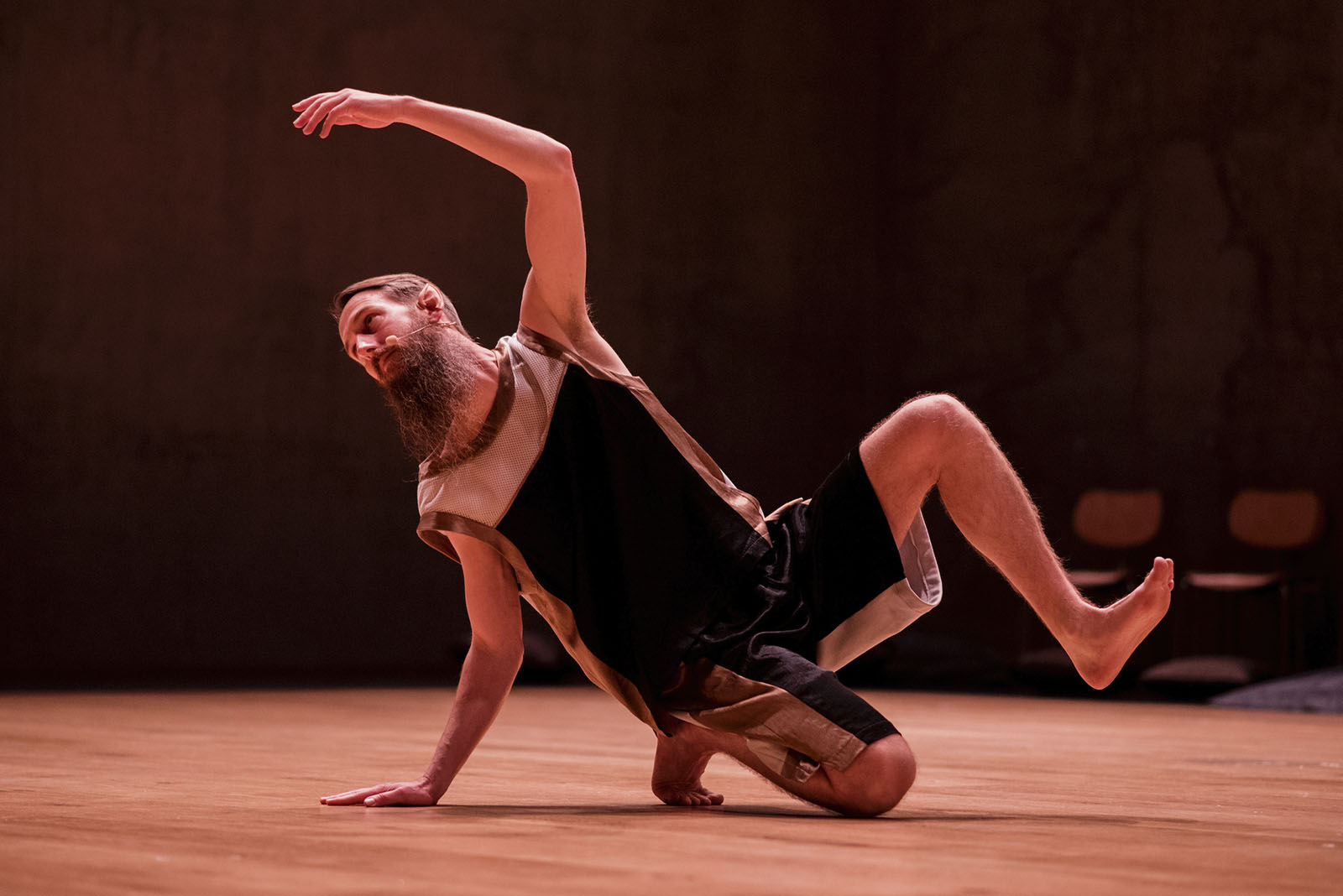Learning without thinking

I draw the phrase learning without thinking from the choreographer Deborah Hay, and consider it to name an orientation that is instrumental in informing how I approach choreographic practice as a zone of knowledge-generation.
‘Practice’, Hay has said, ‘is learning without thinking’ (2016, p.105). Hay also prominently positions this concept in the preface to the written choreographic score of her work “Dynamic”:
‘In order to get the most from this work, you will want to notice and redirect your reliance on your physical body and what it can do. Redirecting this dependence requires an unselfish regard for your whole body at once as a cogent medium for indefinable specificity. You are thus positioned to learn without thinking.’ (2012, p.1)
What I understand Hay to mean by ‘thinking’ in the context of this phrase is informed by my experience of practice sessions with her. For example, in workshop settings that I have participated in, she has offered the tool: ‘Whenever you get stuck in your thinking mind, just get moving and call it what if’ (Hay 2009). She has also emphasised that the intended way to work with her choreographic directives that take the form of questions is to ‘move the question from your head down through your whole body and notice how the sensual impact from the question alters you’ (Hay 2016, p.125). I understand ‘thinking mind’ and ‘head’ as references to language-oriented, logical, deliberative reasoning – the mind that reasons and passes judgement, which can powerfully inhibit investment of attention in other more sensual-sensorial, less linear, less explicatory cognitive modes. Hay also advises, in this regard, that in the practice of her work: ‘there’s no time for judgement’ (Hay 2009). Hay’s phrase ‘learning without thinking’, then, is not about an absence of cognition or intelligence, but rather a dialling down of one particular (usually dominant and in some contexts inhibitory) mode of cognition, to create the conditions for a dialling up of another.
Cognitive scientist Guy Claxton’s perspective on the embodied basis of learning resonates strongly with this choreographic orientation toward learning without thinking. Claxton’s work directly argues that ‘intelligence increases when you think less’ (1997). He notes that, in modern Western culture, embodied capacities for learning are impoverished by the tendency to ‘give exclusive credence to conscious, deliberate, purposeful thinking’ (ibid, p.7). Claxton argues against the exclusive prioritisation of this limited mode of thinking, and for a renewal of appreciation for the necessary contributions that other modes of knowing make to learning, among which he includes ‘productive intuition’ (ibid, p.8), ‘a relaxed yet precise non-verbal attention’ (ibid, p.26) and processes that ‘are tolerant of information that is faint, fleeting, ephemeral, marginal or ambiguous… [and that are] willing to explore without knowing what they are looking for’ (ibid, p.13).
Through this dialling down of logical, linear modes of thinking, and the dialling-up of felt sense, more-than-rational, non-linear modes, I also consider the orientation of learning without thinking to have a kinship with aspects of art historian Aby Warburg’s non-linear knowledge-practices, and with the practices of magic and divination that they evoke. This kinship links Hay’s learning without thinking with my approach to choreographic practice and performance as an engagement in taking a reading, including the divinatory and magical connotations that this choreographic approach can have.
READ MORE in Section 3 of my written thesis on Hay’s learning without thinking, in dialogue with Claxton and Warburg
READ MORE in Section 6 on Hay’s learning without thinking, in dialogue with divinatory connotations